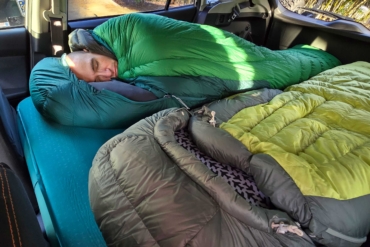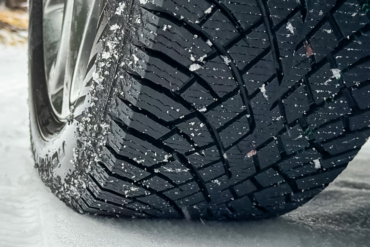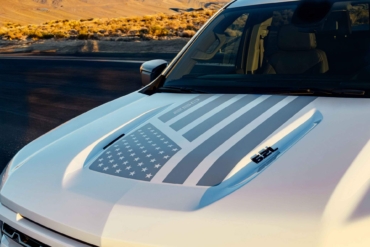Designing the brand’s first SUV was no easy task. Twenty years on, Porsche’s designers talk about the challenges.
Twenty years ago, Porsche launched the Cayenne. The sports car company’s first SUV was a revelation, one that surprised purists and delighted buyers. Designing Porsche’s first off-roader was an extreme challenge for the company, and today it is talking about how it all happened.
A Big Leap for Porsche

At the turn of the century, Porsche was building just two vehicles — the classic 911 and the recently added Boxster, which was a more affordable 911 with the engine in the middle instead of in the back. The last time Porsche had built a vehicle that didn’t look like a 911 was the 968, a car that was discontinued — along with the 928 — way back in 1995.
The automaker that had spent decades building sports cars now had to build the opposite. A four-door, its first, with a high roof plus room for five passengers and luggage. Plus, it needed to have ground clearance and be capable of actual off-road driving.
Most important of all, though, the Cayenne had to have Porsche identity in its design.
911 Identity, Off-Road Shape

Harm Lagaay, Porsche’s head of design at the time, said that “it wasn’t at all easy to express the identity of the Porsche brand in a car that had absolutely nothing in common with the existing models made by our company.”
Lagaay spent an entire year just on the headlights. This was a key part of the design that had to incorporate the many lighting elements but fit with the Cayenne body and maintain that 911 relationship.
To help keep the Cayenne looking like a 911, Porsche gave the same “topography of the front section.” To be a 911, at least at the time, the top of the headlights and fenders had to rise above the hood line. With no engine up front, this was easy on the cars. For the V8-powered Cayenne SUV, it took some more work.
Though Lagaay spent a year on the headlights, his successor Michael Mauer calls the doors the biggest challenge in the design.
“It’s easy to underestimate how much the doors define the side of a car. Behind the rear door we’ve got maybe another meter, and only a little more at the front, so there is not a lot of room to do very much,” said Mauer.
Family Ties Made Job Tougher

Not helping: The Cayenne shared its platform with the Volkswagen Touareg. Engineering and budget constraints meant that the two very different models shared windscreens and all four doors. The door panels could differ, but the openings and frames were the same for both models.
Porsche head of interior design Markus Auerbach acknowledges that there were other compromises caused by the close relationship with the Touareg.
“The interior can hardly deny its kinship with the Touareg,” he said, citing the dashboard as an example. While it has the traditional Porsche five-tube design, the tachometer is on the left instead of the center location of other Porsches.
The reason? Once again, budget. Moving it would have required a complete cluster redesign.
Compromises were made that let Porsche keep its historic left-side key location. Cayenne was also able to have its own steering wheel, and the beefy grab handles on the center console are meant to let you know it’s serious about off-road.

Mauer calls the Cayenne the model that cemented Porsche’s identity. “For me, the Cayenne is about a fundamental question. No matter which type of vehicle concept would have been used to enhance the 911 and Boxster sports car lines, the step to the third Porsche made a brand out of the product. And the design gave the car, the proportions of which take it as far away from the sports car as it is possible to go, a Porsche identity that transcends the brand name.”
Twenty years later and in its third generation, the Cayenne is now a crucial part of Porsche’s sales. The only model that beats it is the Macan, the smaller SUV made possible through the success of the original Cayenne.








